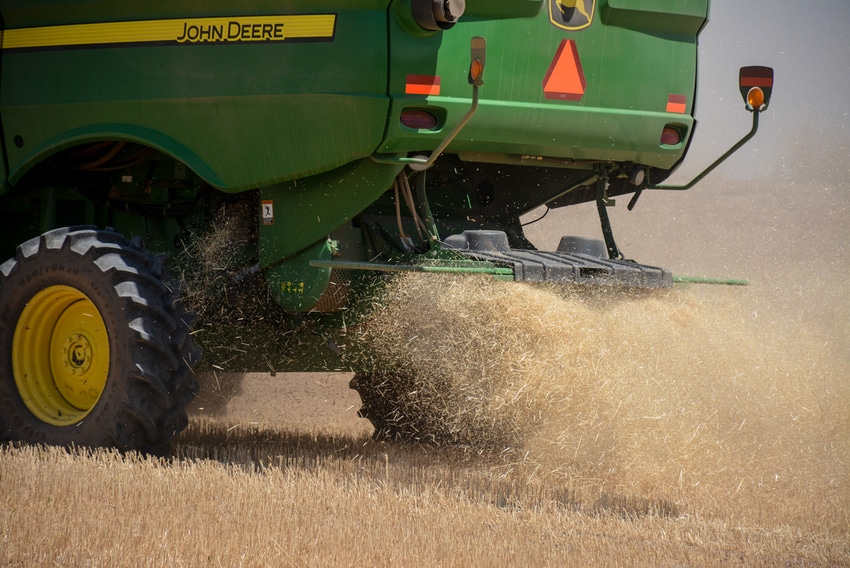December 27, 2018

Since the 2016/17 wheat marketing year, Russia became the largest exporter of wheat and has tended to dominate the world market. During the 2012/13 soybean marketing year, Brazil became the largest exporter of soybeans and, at least from the supply side, the most important force in determining world soybean prices.
During the 1996/97 soybean marketing year, Brazil exported 23 percent of the world’s soybeans, compared to U.S. exports of 66 percent. For the 2017/18 soybean marketing year, Brazil exported 50 percent of the world’s soybeans, compared to 38 percent for the U.S.
Brazil is projected to export 50 percent of the world’s 2018/19 marketing year soybeans, compared to 33 percent for the U.S.
The major soybean importers are China, the European Union, Japan, and Mexico. China is, by far, the largest importer, with 2017/18 imports of 61 percent of the world’s soybean imports. The EU imported 10 percent, Japan 2 percent, and Mexico 3 percent. The remaining 24 percent of the world’s soybean imports were purchased by many other countries in small lots.
GROWING RUSSIAN EXPORTS
For the 1996/97 wheat marketing year, Russia exported 1 percent (Russia, Ukraine, Kazakhstan, 4 percent) of the world’s wheat. The U.S. exported 25 percent, compared to 18 percent by Australia, Canada, and the EU. Argentina exported 10 percent of the world’s wheat.
For the 2017/18 wheat marketing year, Russia exported 23 percent of the world’s wheat (Russia, Ukraine, and Kazakhstan, 38 percent), compared to 14 percent by the U.S., 13 percent by the EU, 12 percent by Canada, 8 percent by Australia, and 7 percent by Argentina.
Egypt was the world’s largest importer of wheat, at 7 percent. No importer of wheat influences the market like China influences the soybean market.
Brazil has established a dominant place in the soybean market by increasing production. Brazil’s harvested soybean acres have increased from 29 million in 1996 to 93 million in 2018. During the same period, Brazil’s soybean yields went from 36 bushels per acre to 48 bushels in 2018.
In 1996, U.S. soybean harvested acres were 63 million, compared to 88 million acres in 2108/19. U.S. soybean yields went from 38 bushels per acre in 1996 to 52 bushels per acre in 2018.
Brazil’s soybean harvested acres went from 34 million less than U.S. harvested acres in 1996 to 4 million more than the U.S. in 2018. Brazil’s soybean yields were, and continue to be, about the same as U.S. yields.
MORE BRAZILIAN SOYBEANS
The fact is that Brazil is the largest producer and exporter of soybeans. However, the U.S. can, and does, compete with Brazil on nearly all market factors — cost of production, yield, quality, and ocean freight costs. China is the joker in the deck and is using soybeans as a political pawn.
Because of the trade dispute, China placed a tariff on U.S. soybeans, which has made U.S. soybeans significantly more expensive than Brazilian soybeans. The result was significantly lower U.S. soybean prices and significantly higher Brazilian prices.
Relatively high Brazilian soybean prices could result in more land converted to soybean production, higher world soybean stocks, and lower soybean prices worldwide. For the last 10
years, soybean harvested acres have increased by 6 percent per year, and yields have increased by 2 percent per year.
The odds are that Brazilian soybean production will continue to increase. The increased production will be exported. Every extra bushel Brazil exports will have a tendency to reduce U.S. soybean production.
So, just like Russia continues to be the major influence on the wheat market, Brazil will continue to be the major influence on the soybean market.
About the Author(s)
You May Also Like






